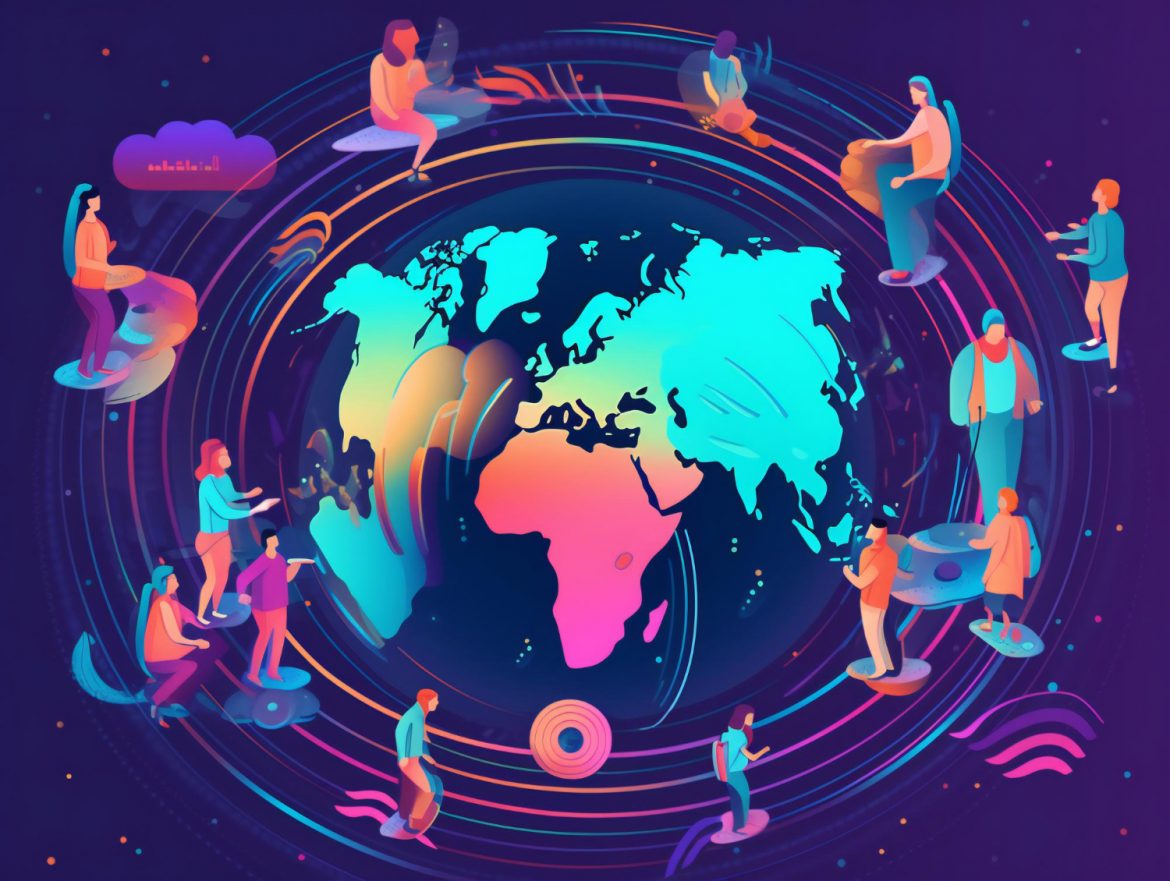Introduction: Unraveling the Digital Tapestry
In the 21st century, technology has woven itself into the very fabric of modern culture and communication, fundamentally reshaping the way we interact, express ourselves, and understand the world around us. From the advent of the internet to the rise of social media platforms and the proliferation of smartphones, technology has become an omnipresent force that permeates every aspect of our lives. In this blog post, we will delve deeply into the profound influence of technology on modern culture and communication, exploring both its transformative power and its nuanced implications.
The Digital Revolution: Transforming Culture
The emergence of digital technologies has sparked a revolution in cultural production, consumption, and distribution. With the click of a button, we can access a vast array of content spanning music, film, literature, and art from around the globe. Platforms like YouTube, Netflix, and Spotify have democratized access to cultural content, allowing individuals to discover and engage with a diverse range of voices and perspectives.
Moreover, technology has enabled new forms of cultural expression and collaboration, transcending geographical boundaries and cultural barriers. From viral memes to online fan communities, digital platforms have become fertile ground for the creation and dissemination of cultural artifacts, fostering a dynamic and participatory culture that blurs the lines between creators and consumers.
The Social Network: Redefining Communication
In tandem with its impact on culture, technology has revolutionized the way we communicate and connect with one another. Social media platforms like Facebook, Twitter, and Instagram have transformed the landscape of interpersonal communication, enabling instantaneous and ubiquitous interaction on a global scale.
However, the rise of social media has also brought to light a host of complex issues surrounding privacy, authenticity, and online behavior. The curated nature of social media profiles often leads to a distorted representation of reality, fostering unrealistic standards and exacerbating feelings of inadequacy and isolation. Moreover, the pervasive influence of algorithms and targeted advertising has raised concerns about the manipulation of public discourse and the erosion of democratic values.
The Digital Divide: Bridging Gaps or Deepening Inequities?
While technology has undoubtedly brought about profound changes in modern culture and communication, it has also laid bare the gaping disparities in access and opportunity that persist in our society. The digital divide, characterized by disparities in internet access, digital literacy, and technological infrastructure, threatens to exacerbate existing inequalities along lines of race, class, and geography.
In an increasingly digitized world, access to technology is not merely a matter of convenience but a prerequisite for full participation in economic, social, and political life. As such, bridging the digital divide must be a central focus of efforts to harness the transformative potential of technology for the betterment of society.
Conclusion: Navigating the Digital Terrain
In conclusion, the influence of technology on modern culture and communication is a multifaceted and deeply nuanced phenomenon. While technology has revolutionized the way we create, consume, and interact with culture, it has also raised pressing questions about privacy, authenticity, and inequality. As we navigate the digital terrain, it is essential to approach technology with a critical eye, recognizing both its transformative power and its potential pitfalls. By harnessing technology responsibly and inclusively, we can ensure that its benefits are shared equitably and that it serves as a force for positive social change in the years to come.



